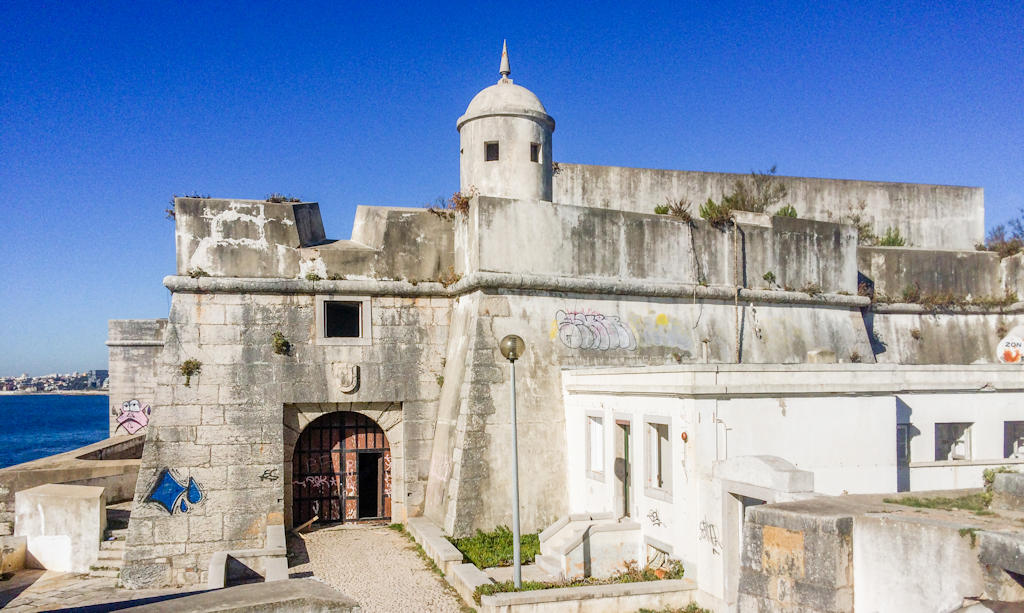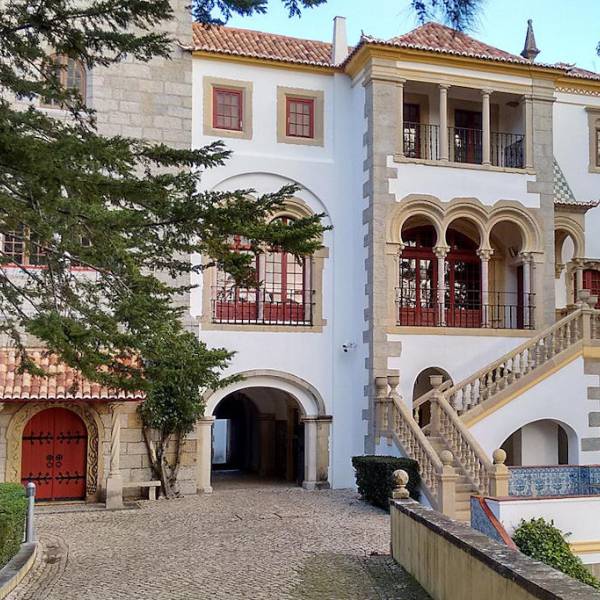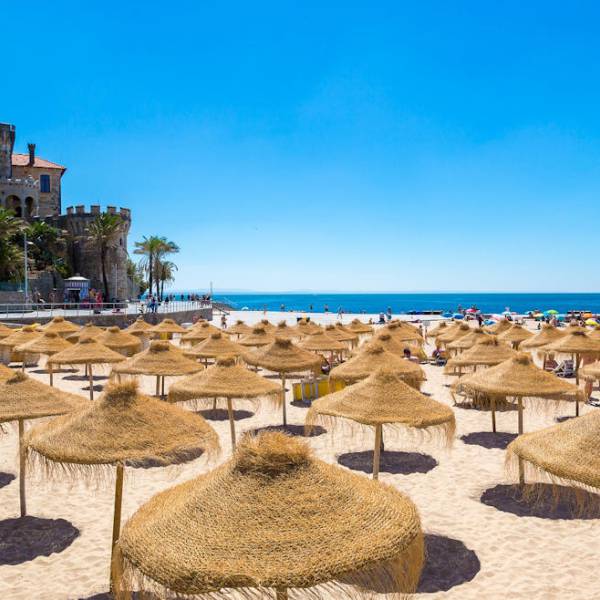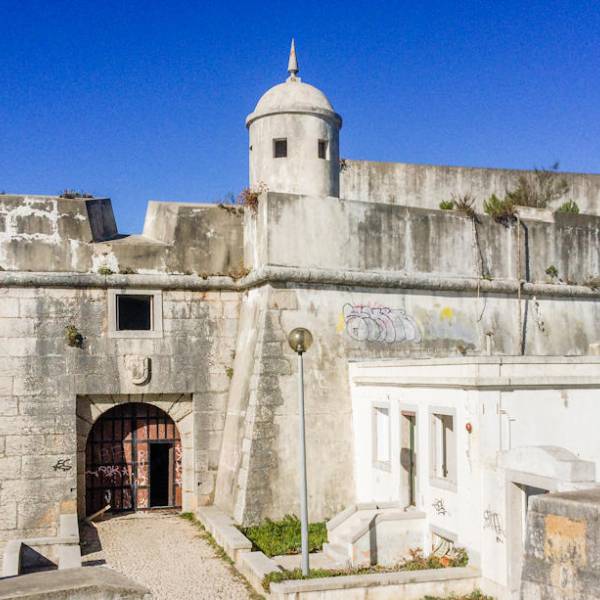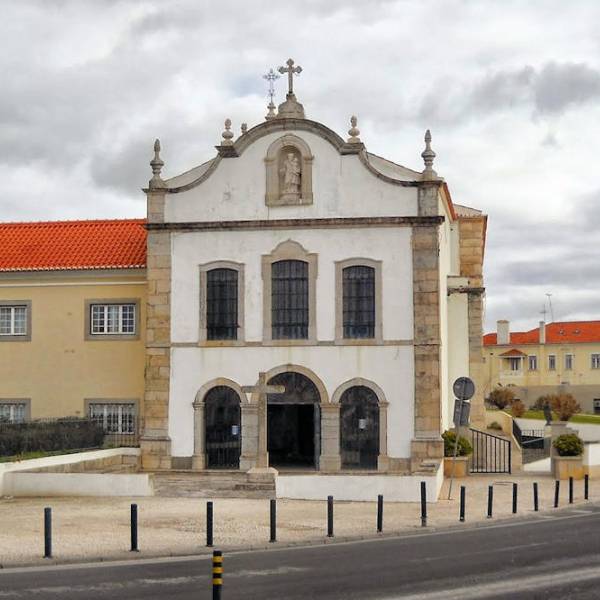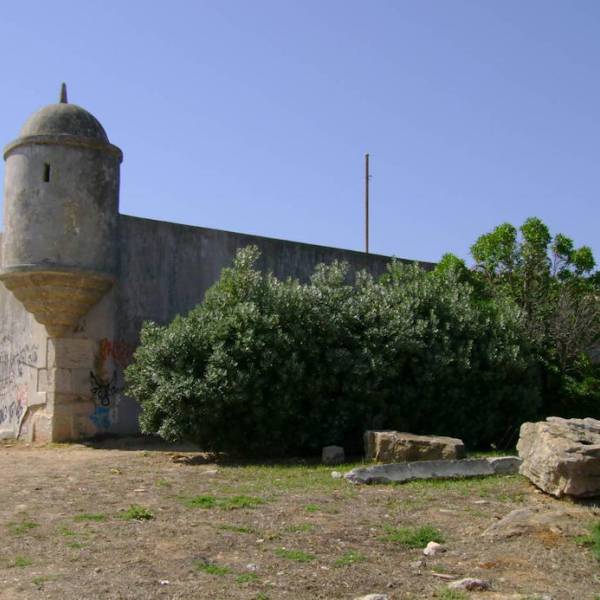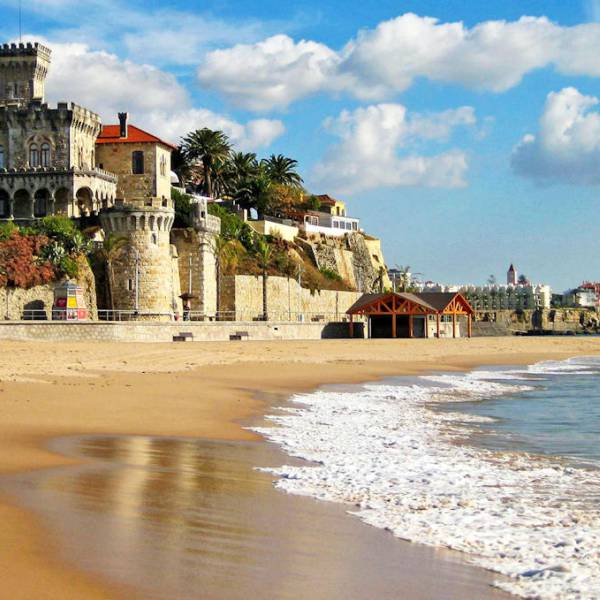The story of Santo António da Barra Fort dates back to the era of the Philippine Dynasty, when King Philip I entrusted the renowned Neapolitan military engineer and architect, Friar Giovanni Vicenzo Casale, with the task of fortifying Cascais and safeguarding the coast up to São Julião da Barra. The fortification served to strengthen the defensive capabilities of the Lisbon bar, a region through which the Duke of Alba launched an ambitious campaign to seize the Portuguese capital and throne. The strategic location of Santo António da Barra aimed to deter English and Dutch corsairs from accessing Lisbon and landing along the coast between São Julião da Barra and Cascais.
It was Casale, the same mastermind behind the expansion of the iconic Belém Tower and the Fort of Cabeça Seca, who crafted the remarkable design of Santo António da Barra Fort. Construction began in 1590, and within a little over a year, the fort was ready to fulfill its purpose. Its original design, approved by the king, showcased an ambitious plan with four angular bastions at the corners, two of them facing inland and the others embracing the seaside. The fort's seaward side boasted a rectangular walled structure, housing a lower battery equipped with artillery and guard quarters, while the southwest wall featured the main entrance. The meticulous construction also included a small chapel dedicated to Saint Anthony, nestled between two oblong buildings that accommodated barracks, warehouses, and other essential facilities. Santo António da Barra Fort stands as a testament to the architectural brilliance and strategic foresight of its creators.
Over the centuries, Santo António da Barra Fort witnessed significant historical events. During the War of Restoration, when Portugal fought for its independence, the fort underwent modernization and expansion under the guidance of Dom António Luís de Meneses, the Count of Cantanhede. However, as times changed, the fort gradually lost its strategic importance and fell into disuse, succumbing to the ravages of time. Despite several interventions and renovations, its grandeur faded. In the late 19th century, it found new purpose as a post for the Fiscal Guard and later served as a holiday camp for the Female Institute of Education and Work in Odivelas from 1915 onwards.
Lisbon.vip Recommends
In recognition of its cultural significance, Santo António da Barra Fort was designated as a Property of Public Interest in 1977. In the 21st century, the fort faced challenges as it fell into disrepair. However, efforts were made to safeguard its legacy. Following the closure of the Odivelas Institute in 2014, the Cascais Municipal Council assumed responsibility for the fort. A comprehensive restoration plan was implemented, and the fort was reopened to the public in March 2019, offering visitors the opportunity to immerse themselves in its storied past.
Today, Santo António da Barra Fort welcomes tourists with open arms. As you step inside its historic walls, you'll be greeted by a world of discovery. Explore the meticulously restored interior, ascend the stairs to the upper floor, and envision the soldiers' dining room, once alive with animated conversations. Immerse yourself in the fort's unique atmosphere, relishing the spectacular vistas of the surrounding sea and coastline. Santo António da Barra Fort is more than a historical landmark—it's a testament to human ingenuity and the enduring spirit of a nation.
Map View


